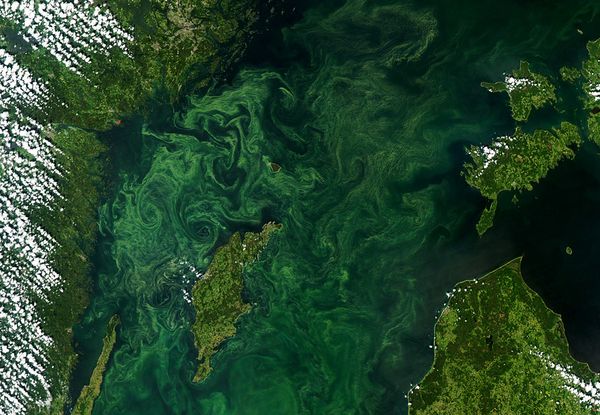World’s Largest Dead Zone Suffocating Sea
|
An explosion of microscopic algae called phytoplankton has inundated the Baltic’s sensitive waters, sucking up oxygen and choking aquatic life. Though a natural phenomenon at a smaller scale, these blooms have recently mushroomed at an alarming rate, fed by nutrients such as phosphorous and nitrogen from agricultural fertilizers and sewage. When it rains, farm fertilizers are washed into the sea. Sewage-treatment facilities also discharge waste into the Baltic ecosystem. As a result, the Baltic is now home to seven of the of the world’s ten largest marine “dead zones”—areas where the sea’s oxygen has been used up by seabed bacteria that decompose the raining mass of dead algae. “We’ve had enormous algal blooms here the last few years which have affected the whole ecosystem,” Westman said. Read the article… |
